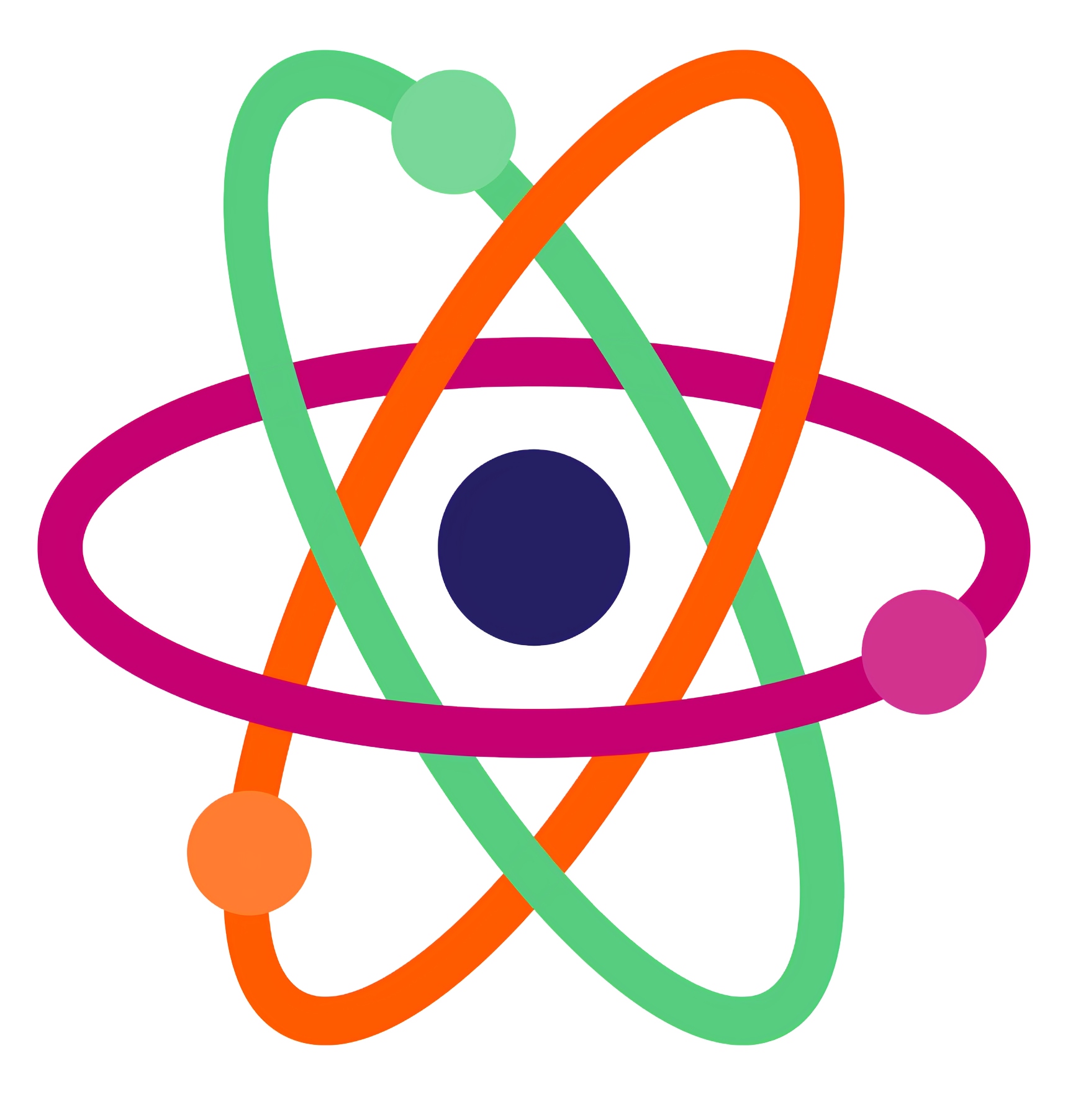Annual Calendar for Grade VIII Science (NCERT - India)
(Covering Physics, Chemistry, and Biology as per the NCERT syllabus for Class 8.)
This annual plan ensures conceptual understanding, hands-on learning, and real-world applications through experiments, activities, and projects.
Month-wise Science Plan for Grade VIII (NCERT)
| Month |
Branch |
Topics/Units Covered |
Activities/Experiments |
Assessment/Evaluation |
| April |
Biology |
Crop Production and Management |
Seed germination experiment |
Worksheet & oral quiz |
| |
Physics |
Force and Pressure
- Force – A Push or a Pull
Introduction to force as a push or pull on an object. Covers how forces arise from interactions and basic examples from daily life, such as pushing a door or pulling a rope.
- Forces are due to an Interaction
Explanation that a force requires at least two objects interacting with each other. Discusses scenarios where isolated objects cannot experience force without interaction, emphasizing mutual forces.
- Exploring Forces
Hands-on exploration of forces, including activities to demonstrate balanced and unbalanced forces. Includes concepts like net force and how multiple forces can act in the same or opposite directions.
- A Force can Change the State of Motion
How force affects an object's motion: starting, stopping, or changing speed/direction. Sub-points include:
- State of Motion: Defining motion in terms of velocity (speed and direction) and inertia (resistance to change in motion).
- Force can Change the Shape of an Object
Effects of force beyond motion, such as deforming or compressing objects (e.g., squeezing a rubber ball or stretching a spring).
- Contact Forces
Forces that act when objects are in physical contact. Sub-types include:
- Muscular Force: Force exerted by muscles in humans and animals (e.g., lifting weights).
- Friction: Opposing force between surfaces in contact, including its role in walking, writing, and reducing motion.
- Non-contact Forces
Forces that act at a distance without physical touch. Sub-types include:
- Magnetic Force: Attraction or repulsion between magnets or magnetic materials.
- Electrostatic Force: Attraction or repulsion between charged objects (e.g., rubbed balloon sticking to a wall).
- Gravitational Force: Universal attraction between masses, including Earth's gravity pulling objects downward.
- Pressure
Introduction to pressure as force applied per unit area (formula: Pressure = Force / Area). Explains why the same force exerts more pressure on a smaller area (e.g., sharp vs. blunt objects).
- Pressure Exerted by Liquids and Gases
How fluids (liquids and gases) exert pressure in all directions. Covers concepts like buoyant force (upthrust) in liquids and how pressure increases with depth in fluids.
- Atmospheric Pressure
Pressure due to the weight of air in the atmosphere. Includes demonstrations (e.g., why we don't feel it, effects on objects like syringes or fountains) and real-life applications (e.g., drinking through a straw).
|
Testing pressure effects on different surfaces |
Practical observation |
| May |
Chemistry |
Synthetic Fibres and Plastics |
Collecting and classifying different fabrics |
Group discussion |
| June |
Biology |
Microorganisms: Friend and Foe |
Observing fungi growth on bread |
Lab report |
| July |
Physics |
Friction |
Measuring friction using different surfaces |
Concept check test |
| August |
Chemistry |
Metals and Non-Metals |
Experiment on rusting of iron |
Hands-on activity |
| September |
Biology |
Conservation of Plants and Animals |
Project on endangered species |
Group project & quiz |
| October |
Physics |
Sound |
Studying vibrations with rubber bands |
Practical observation |
| November |
Chemistry |
Combustion and Flame |
Candle flame experiment |
Experiment report |
| December |
Biology |
Reproduction in Animals |
Observation of animal reproduction patterns |
Written test |
| January |
Physics |
Light |
Experiment on reflection and refraction |
Concept quiz |
| February |
Chemistry |
Pollution of Air and Water |
Testing water pollution levels |
Data analysis report |
| March |
Science Fair & Review |
Recap of major concepts |
Student science project presentations |
Final assessment |
Key Highlights of the Curriculum
✔ Balanced Approach – Covers Physics, Chemistry, and Biology equally.
✔ Hands-on Learning – Encourages experiments, project work, and real-life applications.
✔ Assessment Variety – Includes quizzes, practicals, and creative projects.
✔ Year-End Science Fair – Engages students in research-based learning.
